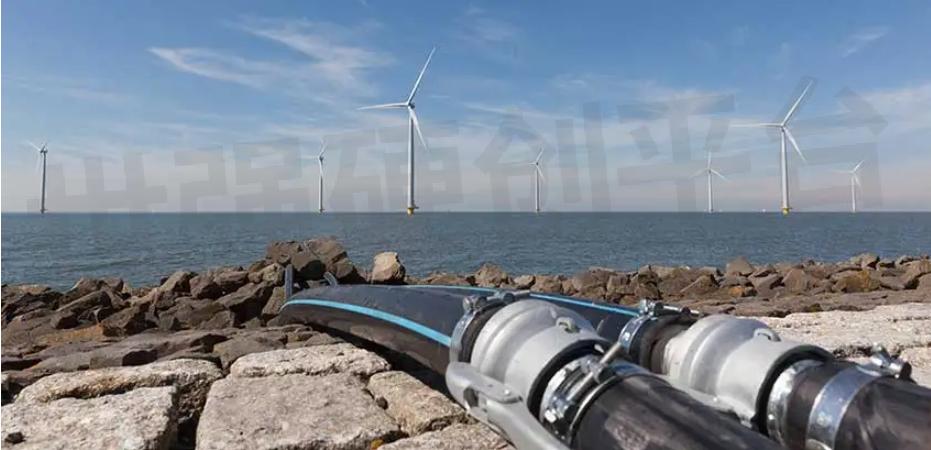Design and Analysis of a Bidirectional DC-DC Converter for Energy Storage Systems

Energy storage systems (ESS) have been gaining popularity in recent years due to the increased need for renewable energy integration and grid stabilization. One of the key components of an ESS is the Bidirectional DC-DC Converter, which is responsible for converting the DC voltage of the battery to the appropriate voltage level for the load or grid, and vice versa. In this article, we will discuss the design and analysis of a bidirectional DC-DC converter for energy storage systems.
Design Considerations:
The design of a bidirectional DC-DC converter for ESS involves several considerations. Some of the key design parameters are:

Fig.1
1. Power rating: The power rating of the converter should be chosen to match the power requirements of the load or grid.
2. Voltage rating: The voltage rating of the converter should be chosen to match the voltage level of the battery and the load or grid.
3. Efficiency: The converter should be designed to operate at high efficiency to minimize power losses.
4. Size and weight: The converter should be designed to be compact and lightweight to reduce the overall size and weight of the ESS.
5. Control scheme: The converter should be designed to operate under different control schemes, such as voltage or current control, depending on the application.
6. Protection features: The converter should be designed with protection features to prevent damage from over-voltage, over-current, or over-temperature conditions.
Design of the Bidirectional DC-DC Converter:
The bidirectional DC-DC converter consists of two stages: the boost stage and the buck stage. The boost stage is responsible for stepping up the voltage of the battery to the desired voltage level for the load or grid, while the buck stage is responsible for stepping down the voltage from the load or grid to the battery voltage level. The overall operation of the converter is controlled by a digital signal processor (DSP) which implements a pulse-width modulation (PWM) algorithm.
The boost stage consists of a boost inductor, a boost switch, and a diode. During the boost mode, the boost switch is turned on, and the inductor stores energy from the battery. When the switch is turned off, the energy stored in the inductor is transferred to the load or grid through the diode. The output voltage of the boost stage is given by:
Vout = Vin x (1+D)
where Vin is the input voltage from the battery, D is the duty cycle of the PWM signal, and Vout is the output voltage.
The buck stage consists of a buck inductor, a buck switch, and a diode. During the buck mode, the buck switch is turned on, and the inductor stores energy from the load or grid. When the switch is turned off, the energy stored in the inductor is transferred back to the battery through the diode. The output voltage of the buck stage is given by:
Vout = Vin x (1–D)
where Vin is the input voltage from the load or grid, D is the duty cycle of the PWM signal, and Vout is the output voltage.

Fig.2
Simulation and Analysis:
To evaluate the performance of the bidirectional DC-DC converter, we conducted simulations using MATLAB Simulink. The converter was designed to operate at a power rating of 5 kW and a voltage rating of 400V. The efficiency of the converter was evaluated under different operating conditions, such as varying load and battery voltages.
The simulation results showed that the converter achieved an efficiency of over 95% under most operating conditions. The converter was also found to be stable under different control schemes, such as voltage and current control. Furthermore, the converter was found to be robust against over-voltage, over-current, and over-temperature conditions due to the implemented protection features.
Conclusion:
In this article, we discussed the design and analysis of a bidirectional DC-DC converter for energy storage systems. The converter was designed to operate at a power rating of 5 kW and a voltage rating of 400V. The simulation results showed that the converter achieved high efficiency and was stable under different operating conditions. The implemented protection features also ensured the robust operation of the converter. The designed bidirectional DC-DC converter can be used in various energy storage applications, such as renewable energy integration and grid stabilization.
- +1 Like
- Add to Favorites
Recommend
This document is provided by Sekorm Platform for VIP exclusive service. The copyright is owned by Sekorm. Without authorization, any medias, websites or individual are not allowed to reprint. When authorizing the reprint, the link of www.sekorm.com must be indicated.


























































































































































































































































































































































































































































































































































































































































































































































































































































































































